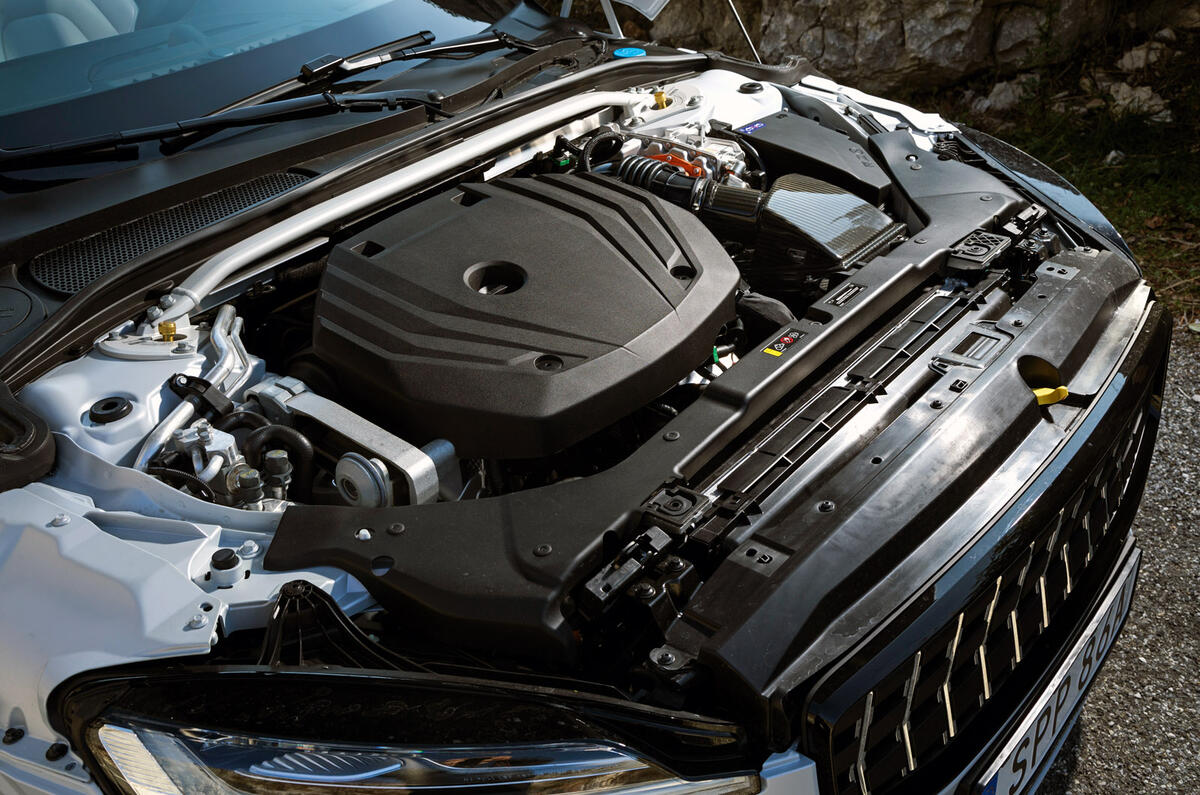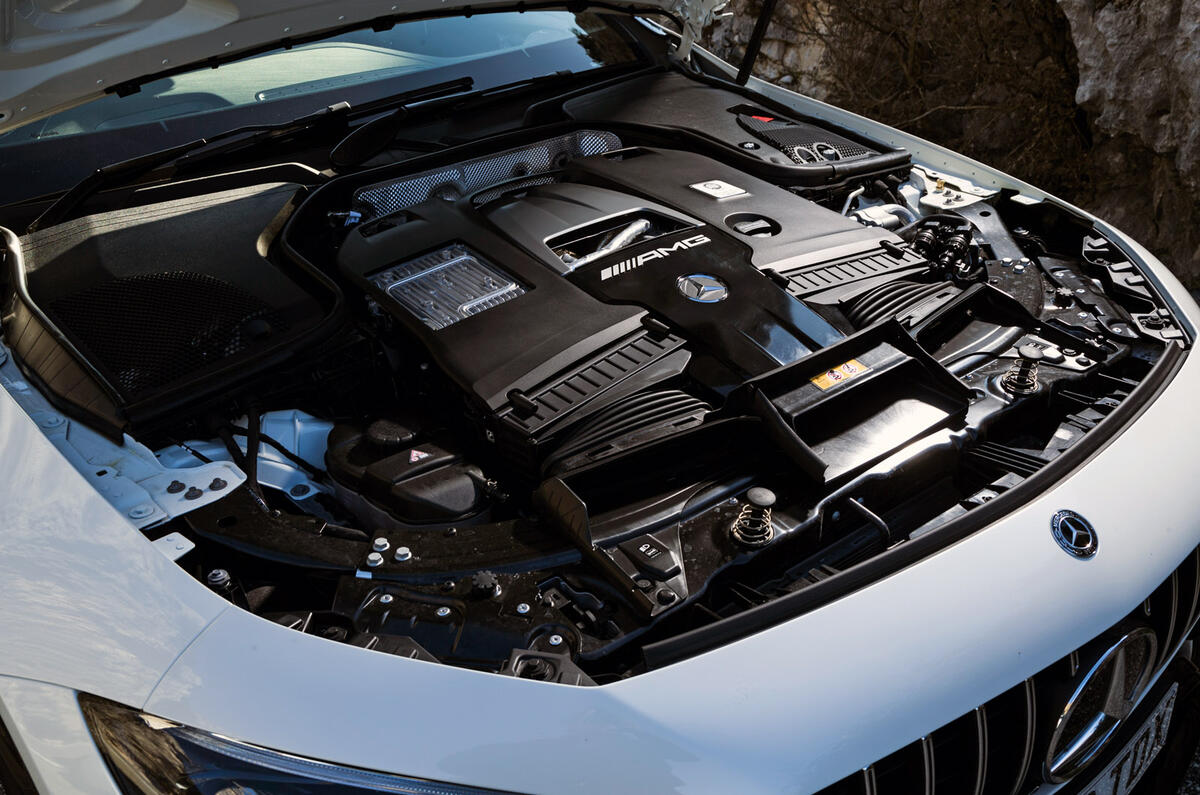The news out of Whitehall earlier this month seemed very much like the death sentence for the internal combustion engine that so many of us have been dreading, didn’t it? And with it there also came a numbering of days for all sorts of vehicle that it’s hard to imagine being powered in any other way.
Well, maybe not. Things can change, after all, and where government policy is concerned, they usually do. But if prime minister Johnson’s new car electrification plan for 2035, or perhaps 2032, sticks, it’s likely to accelerate a global move towards ever more ambitious sustainability legislation, as the AK47 of public opinion gets aimed ever more squarely at the undeserving temple of the traditional piston-engined automobile.
When the shots are finally heard, we must simply hope that they mark an important beginning as well as an end. If there is to be no place at all for internal combustion in new cars sold just 15 years from now, then at least the certainty of that decree ought to give even greater impetus to the development of electric car technology than it has thus far had. It certainly needs to. From what you might call our 20th century legacy perspective, it’s hard to fathom how the sheer breadth and variety of the car market as it is today might be supported entirely by batteries and electric motors and so few public charging stations. We must have faith that it won’t seem like such a leap in a decade or so.
Tightening our focus in, we must also hope and trust that the classic fast grand touring car will survive the transition. It’s one of the oldest automotive types of them all, and one linked inextricably with our very earliest, most formative and most romantic notions of motoring. The GT has done quite well already to survive more than a century of development, containing within that span a couple of world wars, several oil and economic crises and the rise and rise of budget airlines which, in some countries, sprang up as early as the 1970s.
![]()
In spite of all that, with a long way to go and a short time to get there, plenty of us still choose to travel under our own steam, according to our own schedule and route and in our own company – by car. And for those who do, here’s the good news: there is much heart to be found in the very latest ultra-modern fast GT cars, such that the traditions of 600-mile-a-day road trips will continue to be possible, at speed and in style, once we’ve reached the end of this ‘road to zero’ glidepath on which we now seem to be set so firmly. A couple of days like those I’ve just experienced, on the still magnificent and sparsely trafficked Route Napoleon and the surrounding roads of the French Prealps, with a couple of the most wanted, new-age electrified grand tourers for company – and a good combustion-engined fast GT car to provide the necessary context – is all it takes to make you feel significantly better about the future of longdistance motoring.













































Join the debate
Add your comment
Gordon Bennett!
Disappointed not to read
Disappointed not to read about the key part of your grand touring experience: refuelling. You tell us no more than you would after a brief spin in them.
Why worry?
It's the next generation who'll not question EV powered transport, I'm from the slide rule generation, no calculator then, kind of the same thing with EV power, ICE Cars won't disappear overnight, you just won't be able to buy a new one.